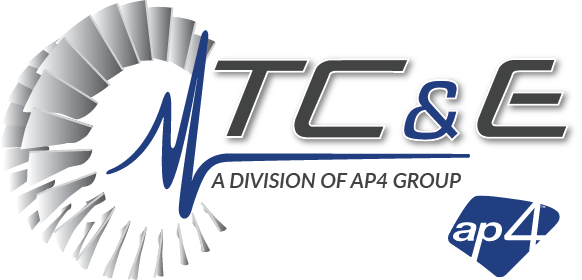It’s no secret that technology in the power industry has changed significantly over the last two decades. As a result, more and more systems that were installed 20+ years ago are seeing more equipment and startup failures than ever before.
In this article, we will discuss how LCI systems have changed and how the industry’s biggest players are providing solutions.
About the TMEiC and Mitsubishi Electric Merger
TMEiC Japan is a joint venture of Toshiba and Mitsubishi Electric, both well-known companies in the electrical manufacturing business.
Of course, Toshiba was also manufacturing LCI drives for motors in the 1990s. In 2003, Toshiba and Mitsubishi Electric became one entity, which was also when GE was brought in as a full partner. Although TMEiC is separated from GE today, TMEiC Corp USA is still an affiliated company of TMEiC Japan, with headquarter offices based in Roanoke, Virginia, and employees based around the country. Today, TMEiC supports LCI drive customers, both for motor drives and turbine starters.
How LCI Systems Have Changed
GE introduced the first 4K-V motor drives in 1980. There was a test LCI that GE manufactured, that was used in the GE turbine factory for the purpose of starting turbines, but that was never sold to a customer it was only used in the GE factory. But it took another 15 years before the idea of starting a turbine with an LCI connected to the generator really took off and gained wide acceptance.
Then, the Innovation LCI static starter was introduced in 1997. So, even the earliest LCI static starters are just over 20 years old. As a result, many of them are becoming obsolete.
Since then, changes to technology have been primarily in the control package. The power converter components have not changed as much. The SERs have been changed to more closely match the power requirements of the 7F and 9F turbines. However, the innovation VME control has been out of production since 2013. The last manufacturing was over five years ago, so the renew of parts become even more scarce.
An Updated Control: The Solution to Obsolete Equipment
The primary benefits include taking out obsolete equipment. For example, the VME rack and the old PLC that are no longer supported in LCI static start systems are removed and replaced with new control panels. For example, the new LCI DFE has a more integrated programming and diagnostic tool. This allows engineers to more easily maintain the equipment.
Furthermore, because of the inherent voltage sensing and speed feedback calculations within the LCI, there is no need to periodically null the DC offsets in the feedback from the generator. This means there is less maintenance required altogether to keep the drive in a fully operating condition. So, we have a more modern PLC that goes in and replaces the old one.
Other benefits include a more modern, color touchscreen HMI, which provides access to operating data, as well as excellent diagnostics. The color touch screen provides extensive data and allows for offline testing of the I/O interface, as well as the thyristor gating system.
Therefore, technicians and engineers can go through the HMI to test all the gating and have current circulated through the LCI to prove the capability of the control to gate both the source converter and, the load converter, without connecting it to the generator.
This upgraded control, then, is a product of the engineers that know the LCI system thoroughly, both as a motor drive and a static starter. The new control can be commissioned by experts in the field. TC&E has a partnership with TMEiC and has experienced field engineers to help you upgrade your LCI Static Starter Systems. Click here to contact us to discuss your needs.
 Watch Our Webinar & Videos
Watch Our Webinar & Videos